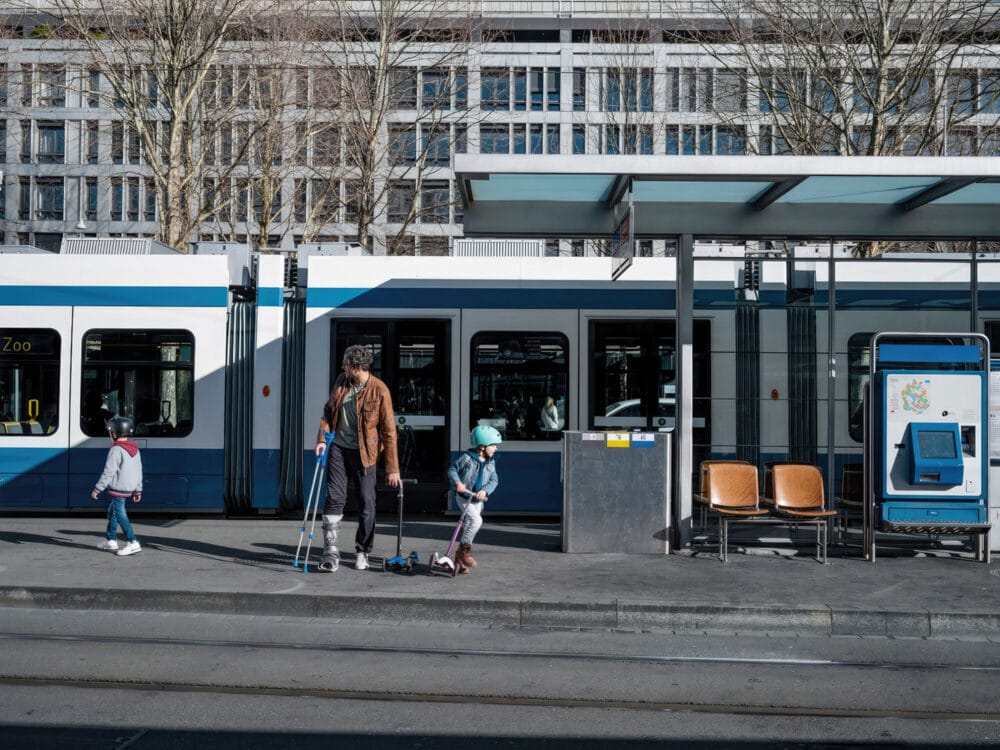Are air purifiers suitable against corona?
In the fight against corona, are air purifiers a suitable measure for reducing the viral load in indoor air? The experts from the German Mold Remediation Association say what's what.

One main reason for the increase in corona-related infections since the fall is clear: the increasing amount of time spent indoors and especially in poorly ventilated rooms.
There is often a permanent state of suspension in the room
In closed rooms, the aerosols float in the room. The prevailing air movement in the room distributes the aerosols evenly, but does not remove them from the room. If a person continuously releases viruses in a room to the environment, the virus concentration will continuously increase. Although some aerosol droplets adhere to surfaces, by far the largest amount remains suspended in the room for a very long time.
If there is constant air movement in the room, for example due to thermals when the heating is on, the aerosols are kept in a state of suspension almost permanently. Even particles that are considerably larger than viruses, such as many fungal spores, only sink to the ground when the air is at rest.
Which air purification devices are useful?
To significantly reduce the accumulation of viruses in a room, it is necessary to ventilate. Ventilation exchanges polluted indoor air with unpolluted outdoor air and significantly reduces the concentration of aerosols. For this reason, the Federal Environment Agency in Germany recommended keeping windows and doors open as much as possible. This recommendation was usually easy to implement in summer. At very low outdoor temperatures, continuous ventilation is no longer reasonable. According to the German Mold Remediation Association (BBS), another effective measure to reduce exposure during the cold season, and thus reduce the risk of infection, is to operate suitable air purification equipment. This has now been recognized and propagated. However, to really reduce the risk significantly, you need the right devices with the right power and filter efficiency. But which devices are effective? Not every air purifier equipped with the right filters will clean the air to the same degree. If you buy a cheap device, you usually have only a small effect. Often, the filtering effect decreases rapidly, especially in the case of devices that clean the air only through a single filter stage.
Pre-filters extend the service life
The BBS points out that proven and positively tested devices have two filter stages, consisting of a pre-filter and a HEPA filter. The intake air is first cleaned with a pre-filter - coarser particles, but also a part of the fine particles, are removed from the air. This means that the HEPA filters are "spared" and only have to do what they were installed for, namely to remove the fine and very fine particles from the air. The pre-filter extends the service life of the HEPA filters and also ensures a constant effect even after longer operation. A HEPA filter costs significantly more than a pre-filter. Therefore, prefilters would help to save money. To ensure a high efficiency of 99.5% and more, HEPA filters of class H 13 are required. Filters of lower filtration efficiency are much less effective and filters with higher filtration efficiency are not necessary to filter viruses effectively, but they cost more. It is not uncommon for air purification devices to be offered with class H 13 HEPA filters, but they only fulfill this manufacturer's promise to a limited extent, as the BBS points out. Such devices would have the promised achievement, but only for the first time of the use. If the devices are checked after a few days or weeks of operation, the filter effect no longer corresponds to the manufacturer's specifications. In addition, the promised filter performance is often only measured and achieved at a low performance level. If a higher performance level is set, the filter effect decreases. Therefore, according to BBS, before purchasing a device, it is important to ask what filter performance is guaranteed at higher performance levels.
Filter and volume capacity - a rule of thumb
For the BBS, one thing is clear: According to the Federal Environment Agency, one should refrain from using devices with ionizers, electrostatic filters, ozone generators or UV radiation. Although these filter methods suggest high effectiveness, this is not true for viruses. Only mechanical filters with the required filtration capacity can effectively filter the finest particles, such as bacteria and viruses, from the air with up to 99.5% efficiency and more.
What volume output should a unit with an effective filter have? According to BBS, the required volume output depends on the size of the room. The rule of thumb is: A triple air flow rate is desirable, i.e. the air should be drawn through the air purifier three times an hour. For a room of 20 m² and 2.5 m ceiling height, this would be 150 m³/h.
However, in order to evenly clean all the air in a room, you have to capture the air in the entire room. In large rooms, this is only partially successful with the use of one device. Instead of installing an expensive unit with high throughput in one place, the BBS recommends using two or more units of the medium performance class, depending on the size of the room. Even in very large rooms, the operation of several devices with medium performance has proven successful.
Air purifiers should not get on your nerves
Another selection criterion for suitable air purification devices is the noise level. Smaller devices are usually dimensioned in such a way that the highest power level has to be switched on for an effective effect. The noise level can then be so high that concentrated work in the office, quiet sleep in the bedroom, undisturbed TV watching in the living room or an unencumbered lesson at school are hardly possible. The device is then perceived as very disturbing. Devices with a higher power would already bring the desired effect when operated at lower power levels and would then only develop very low noise levels.
Source: BBS
Conclusion effective indoor air filter
The BSS conclusion on effective indoor air filtration is:
Mechanical filters instead of devices with ionizers, ozone generators, electrostatic filters, or UV radiation.
Rule of thumb: volume flow per hour: room area x room height x 3. In one hour, the room air should be drawn through the filter three times.
For large rooms, it is recommended to install several devices of medium power level.
Pay attention to the noise level.
Consider overall price/performance ratio with regard to follow-up costs for frequent filter replacement.









